KitKat vs Android Marshmallow comparison: which version is better for you?
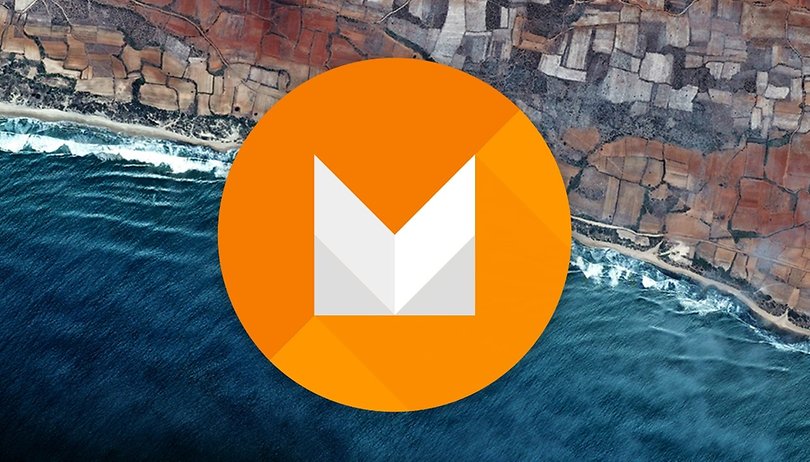

Nearly 40 percent of Android devices are still running Android KitKat. Many of them should be perfectly capable of running Android Marshmallow as well. Should you upgrade if your device is one of them, or get a brand new device when Android Marshmallow officially ships? Find out in our Android KitKat vs Android Marshmallow comparison.
- Which phones will get the Android Marshmallow update first?
- 7 reasons why KitKat is still better than Lollipop
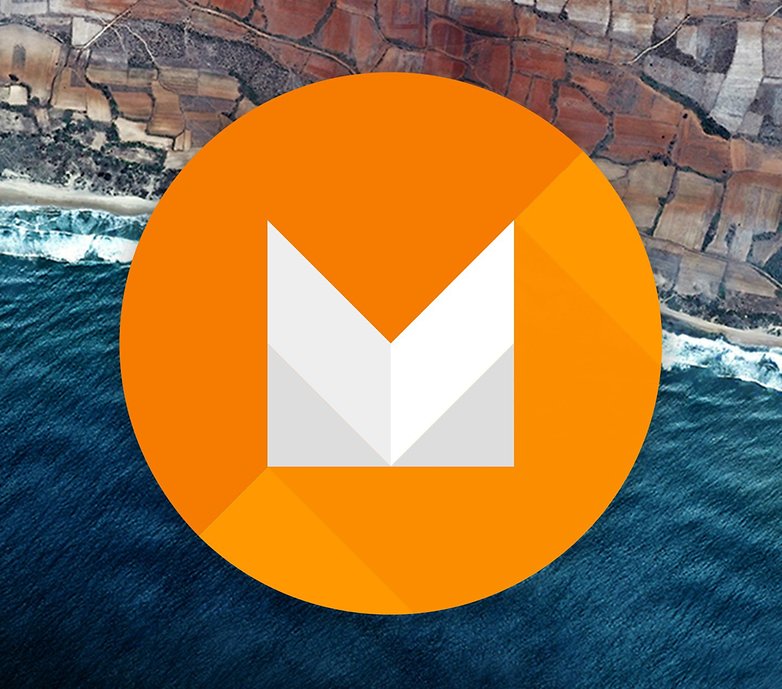
Android KitKat vs Android Marshmallow comparison: design
Android Lollipop introduced some big changes to the way Android looks and feels in the form of Material Design, and Android Marshmallow looks much the same. It’s a flatter, modern, more grown-up look that we think works really well.
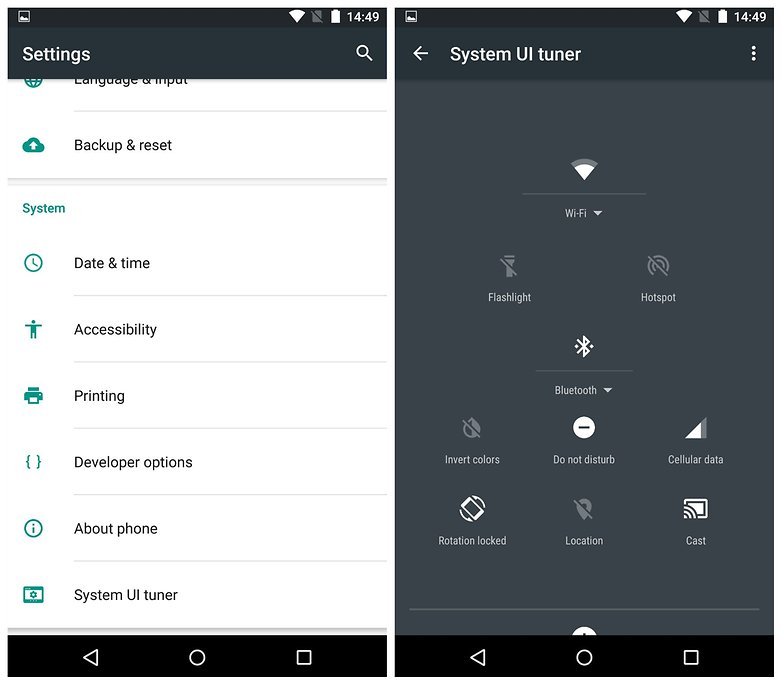
Android KitKat vs Android Marshmallow comparison: hardware
Android Marshmallow supports several new hardware features including fingerprint sensors, 64-bit processors (which Lollipop supported too, but KitKat is a 32-bit operating system only) and USB Type-C connectors.
It needs more memory to operate - where 512 MB was the minimum recommended RAM for KitKat, the minimum RAM requirement grew to more than 1 GB in Lollipop for devices with larger, higher density displays - and it’s designed to work with Android Wear devices, which didn’t exist when KitKat was launched.
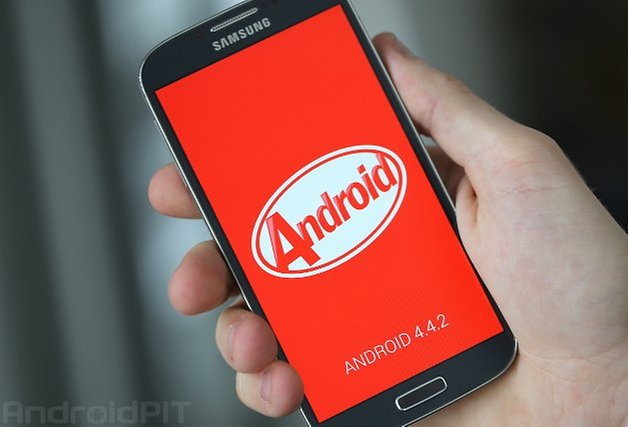
Android KitKat vs Android Marshmallow comparison: battery life
With Android Lollipop, Google made some massive changes - and in particular, it changed the runtime from Dalvik to the more efficient ART. The runtime is the bit of Android where apps run, and by changing it and optimizing the system Google managed to make Android Lollipop much better for batteries. In most cases, people who upgraded from KitKat to Lollipop found their batteries lasted longer.
With Android M, Google has continued to look for ways to make battery life better. One of the ways it’s doing that is with a new feature called Doze, which it says could as much as double standby battery life (which, in our experience, is absolutely true).
Doze uses your device’s motion sensors to see if it’s been sitting idle for a while, and if the sensors say that your device hasn’t been moved recently then Doze starts shutting down power-hungry processes that aren’t currently needed. There’s no doubt that Android M is much more energy efficient than Lollipop, let alone KitKat.
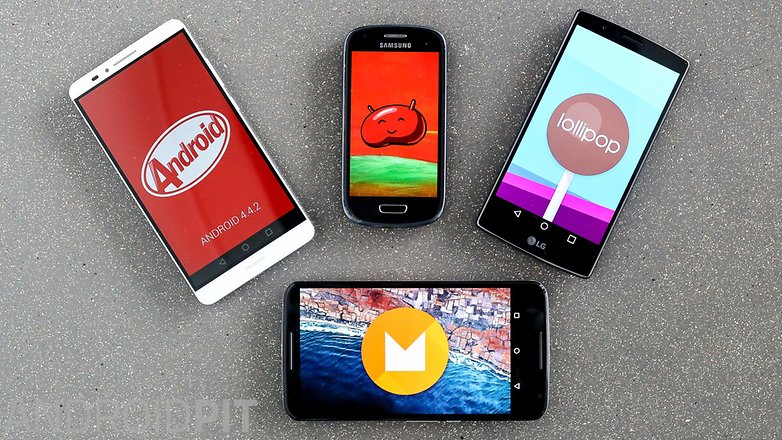
Android KitKat vs Android Marshmallow comparison: features
Android M introduces some interesting new features on compatible hardware. The biggest new feature is arguably Android Pay, a refreshed version of Google Wallet that enables you pay for things through the magic of NFC. It works for online and in-app purchases too.
Google Now has been improved too, and the new Google Now on Tap brings it inside apps - and that makes it much more useful, because it’ll be able to give you relevant information based on what you’re doing.
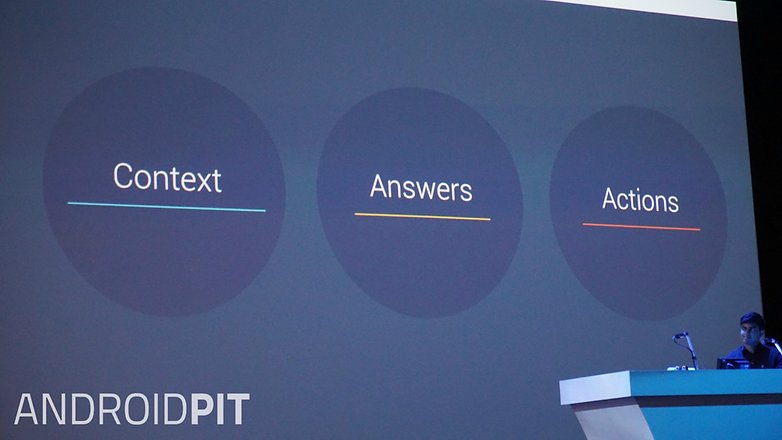
The most important change to Android M is the way in which it handles app permissions. In KitKat, installing an app means saying yes to a whole bunch of permissions - and let’s be honest, few of us give the list more than a cursory glance when we’re in a hurry to see what an app can do. That means we’re occasionally giving apps access to things they don’t need, which has obvious implications for privacy and security.
Android Marshmallow permissions have changed all that, so apps will no longer request access to your darkest secrets when you first install them. Instead, apps will ask for permission when they first try to use a feature, so for example, if an app has never used the camera before and wants to use it now it’ll ask you if it’s okay to continue - and if you say no, the app won’t suddenly stop working. That’s a really big deal and a really welcome change.
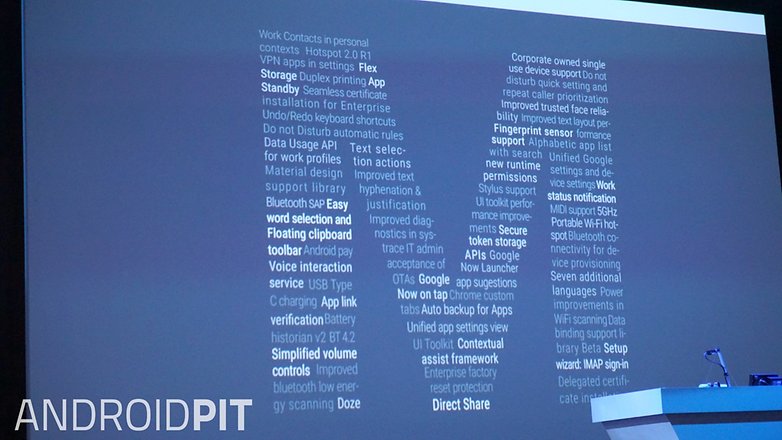
Android KitKat vs Android Marshmallow comparison: should you switch?
If your device or your new-device budget can handle it, we think moving to Android M is a very good idea: it’s nicer to use, more energy efficient and more secure than previous versions of Android, and if you’ve been hanging on to KitKat you’ll notice a huge difference.
If you’re planning to upgrade an existing KitKat device we wouldn’t recommend doing it on day one, though: if the launch of Lollipop was anything to go by there’s every chance Android Marshmallow will launch with some utterly spectacular bugs in it. It’s always worth waiting for teething troubles to be solved.
What do you think? Will we have to prize KitKat from your cold dead hands, or are you excited about Android Marshmallow? Let us know in the comments.






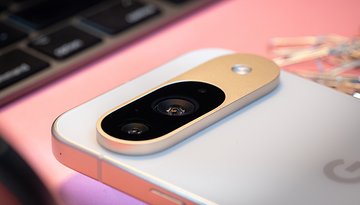

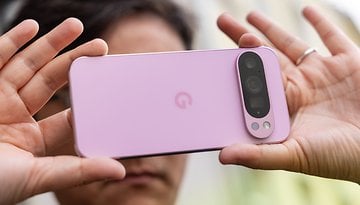
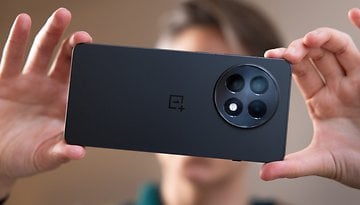
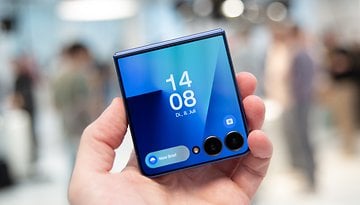

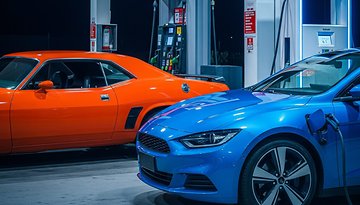
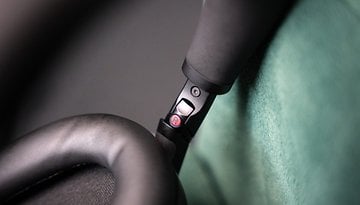






This is my first go round with a new aka refurbished S5 that had OTA updates changing it from KitKat to Marshmallow. I was familiar with KitKat from my previous S4 and it worked pretty much flawlessly for two years until I got the SIM CARD NOT DETECTED issue and had to change phones. The battery life on my Marshmallow S5 is similar to my S4 on KitKat. As for the OS in general, everything is slower than KitKat and the worst part of all, is for some strange reason the developers took away notifications both the ticker and the LEDs. Horrible decision i made to allow these OTA upgrades, I thought the new OS would be an improvement on KitKat, not completely destroy it, and hence render my new phone crippled by it. Ugh.......
kia ora
so I'm about to buy refurbished samsung s5. has kit kat 4.4 etc was going to upgrade to marshmallow as have been using that on s5 mini. sounds like you wouldn't recommend but I'm wondering how to do it? Been told phone won't do upgrade automatically to marshmallow.
cheers
Here it is a year after this article was written, and I am still trying to find a lollipop or marshmallow rom with as good battery life as I had on kitkat. Getting tired of 4 hours of battery life on my OPO, I flashed back to kitkat yesterday. Sacrifice a little snappiness, but get two hours more battery life. I also have a Note 4 with similar results, although I rarely use the Note anymore since one of the updates prevents it from running kitkat anymore (plus it has horrible GPS).
My phone crashed due to android M and even battery used to drain suddenly. Very poor experience.
android m is worst......... battery drains very fast
Lollipop has the worst battery life ever. I wouldn't recommend anyone to update from KitKat to Lollipop.
...
just fix it before go to new version!!
Like many (if not most) other people, it seems, I wanted to strangle a kitten not long after I gave up KitKat for Lollipop. I've had nothing but trouble, and it almost seemed like they secretly read my mind about all of the things I wanted in an OS that KitKat lacked, then did the polar opposite just to spite me.
I'm trying desperately to hang on to my Note 3. I loved it (at least when it was operating KitKat). There should be some sort of Senate hearing on deck addressing the practice of making someone's hardware obsolete after just a year or so. Or...better - require that manufacturers allow you to "downgrade" back if you're not happy with an "upgrade." I've only had my Note 3 a year and a half. Not fair...or ethical.
LOL...I don't know about hurting kitties but I can relate to your frustration, especially making since carriers like Verizon made it *mandatory* to update to lollipop.. And it wasn't even a security update! But did you read my post below? What are your thoughts on that? If we had an easy way to go back then people could have tried lollipop, said no thanks, and went back to exactly how their phone was before without all this anger and hatred towards kittens! Lol
How about a TRUE backup method for these expensive 'smart' devices?! Not backup my pictures or personal files, I can manage that easily enough, but I'm talking about the OS and settings, APPS, configuration, etc.. In other words do a system image type of backup to where you can return it to *exactly* how it was before the latest 'upgrade' completely FUBAR'd your device! .. ..Without resorting to hunting down hacks and roots and $%#@ from all over hell, learning all the special crap you have to do for your exact situation, and then rolling the dice to see whether you've just bricked your phone! Arghhhh.
No, how about an official Android backup that is built right in, one that lets you try these updates knowing you can easily get your device back to just the way it was should the upgrade turn out to be junk... Looking at you lollipop 5.0 :-!
Fifty-fifty? Will do untill all results are in, and before jumping off the fence from which I have been placed...
M can't wait!